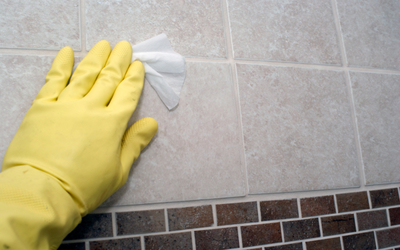How to Reduce Your Allergies by Avoiding Certain Flora
Hay fever isn’t actually anything to do with a fever, rather being associated with your body’s over-reactive immune system which sees pollen and dust to be a dangerous foreign body in the respiratory system. As a result, it creates a reaction in the form of watery eyes, sneezing and a sore throat. The pollen and dust most commonly arrives around spring or summer time, when flowers and trees are budding, but people with hay fever can suffer throughout the year depending on what they’re allergic to. The most allergenic plant is known as ragweed, and this can be found in fields, by the roadside and in more rural areas. It’s believed that over 75 percent of Americans who are allergic to plants have an allergy to this specific species – it is more common in summer and autumn, so it is best avoided around this time to reduce your symptoms. Certain trees can also emit pollen which can make your symptoms worse. These usually pollinate in spring, so be prepared with antihistamines during this time of year if you’re allergic to tree pollen.
Found in meadows and dry lawns, rye-grass is particularly problematic for allergy sufferers – in fact, given the abundance of grasses everywhere you look, grasses in general can be an issue if you’re allergic to them, as it means you never really get time off from your condition. There is no allergy-free grass and if you mow it, the mold spores from the grass also come up into the air and can make your symptoms worse. Elm trees are common in America, and in the UK too, and pollinate in the spring. Dutch Elm disease killed around 100 million elm trees between 1930 and 1980, but in the late 90s the trees made a comeback meaning terrible symptoms for allergy sufferers. Mulberries may not be the most common of fruits, but from winter to summer they come out in full force as a surprising contender for allergy sufferers. Flowering plants don’t usually create potent allergens – a general rule of thumb is if it creates a pretty flower, such as crab apple trees and cherry blossoms, then it probably won’t irritate your allergies. However, studies show that mulberries do contribute towards hay fever so these are best avoided if you’re one of the unlucky ones for whom pollen is the enemy.
Oak trees are common and pollinate in spring – they produce less potent pollen but in vast quantities, as well as producing it for the longest season. Parks and natural areas often have oak trees so these are best avoided in the height of spring so that your allergies can be reduced. Lastly, mold is a serious contender for this issue and is commonly found in the spring after several months of cold weather and rain. In order to reduce this in your home you need to air your home out regularly by keeping your windows open where possible to allow fresh air to circulate. In places where there is a lot of steam, such as the kitchen or bathroom, be sure to leave the window open slightly at all times so that cool air can reduce condensation in the home. If you do suffer from allergies, though, don’t be the one to clean mold in the home – pass that job on to a family member or friend if possible, as your symptoms will flare up. Try to keep your home dust and mold free if possible, and shower after being outdoors in high pollen seasons as pollen can cling to your hair and skin and make your symptoms worse.

Comments are closed.